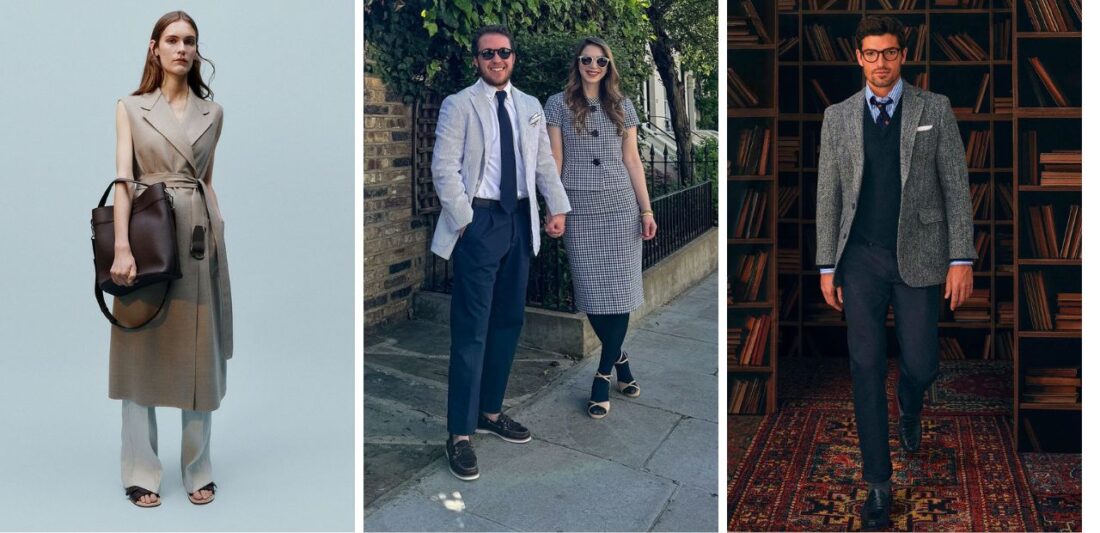
How A Personal Stylist Can Transform Your Look From Casual to Formal
Last Updated on September 23, 2024 by gradienteye
Today, anywhere we go, the way we carry ourselves speaks volumes about how sincerely we take ourselves. Surely, fashion and styling play a very crucial role in the way we present ourselves. Be it a casual coffee evening, a business event, a meeting, or a personal affair, the way you dress impacts your impression. Alas! Not everyone has the time and expertise to curate a wardrobe that represents them perfectly. Or a wardrobe that helps them to transition from casual to formal, in a giffy yet gracefully. This is where a personal stylist steps in like a knight with shining shopping options!
A personal stylist provides you with expert guidance on selecting the right outfits, accessories, and styling. With the right knowledge and clothes, they equip you to transform your look from casual to formal. While several fashion styling sites can guide you, nothing matches the perks of hiring a stylist. Let’s explore how a personal fashion stylist can easily help you evolve your casual look into a formal look.
Understanding the Role of a Personal Stylist
Traditionally, even today, a lot of people still believe that a personal stylist is someone who shops for them. While that’s partially true, there’s so much in store for you when you engage the services of a fashion advisor. They become your guiding light when it comes to discovering and redefining your style.
As fashion advisors start by accessing your wardrobe, they make you understand several nuances of personal styling. Starting with the cuts that suit your body type, colours that brighten your complexion, to silhouettes that perfectly fit different occasions. In a nutshell, they help you build a collection of pieces perfect for your lifestyle, preferences, and professional needs.
When a person starts a new job, takes up a senior position, or takes on an entirely different field of work, they can find themselves lost while picking the perfect clothes. When you’re looking forward to transforming your style from casual to formal, a personal fashion stylist can be a huge help. They can help you pick the right pieces, teach you how to mix and match to create numerous outfits, and how to accessorise to the T. All so while keeping your personal styling and individuality intact and shining!
Casual vs. Formal: Key Style Differences
Casual and formal wear might seem worlds apart. But, more often than not, people blur the lines of differentiation and incorporate the wrong pieces, reducing the appeal of their look. So, it’s imperative you understand key differences that can help you navigate both spaces effortlessly.
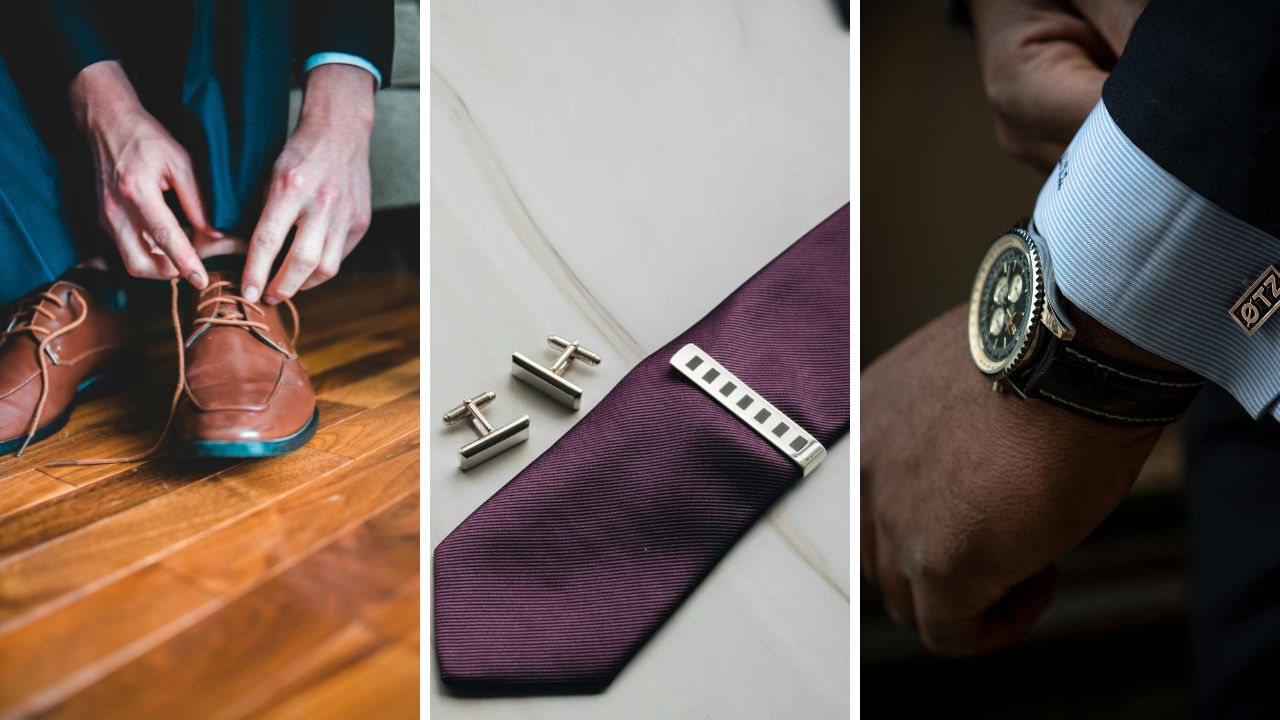
Credits: Pexels
| Key Style Difference | Casual Wear | Formal Wear |
| Fabric | Casual wear basically is the comfortable clothes that you can wear as you go about your day or for your leisure activities.
Hence, casual wear is often chosen in fabrics such as cotton, denim, jersey, or polyester.
|
Formal wear requires a crisp, elegant appeal that makes you look authoritative and serious.
The perfect choices are luxurious fabrics like cotton blends, silk, satin, wool, and tweed. |
| Colour | The world is your playground. You can choose a range of colours, depending on your personal preferences. It can range from lighter hues or pastels or even brighter shades like cyan or fuchsia. | For formal wear, as a thumb rule, you must avoid very bright colours. You can choose light shades like lemon, powder blue, or baby pink. Or, you can choose neutral shades like beige, grey, or cream. Dark hues like black, navy, and brown are also great options. |
| Prints | For casual wear, you can go as experimental with prints as you like. It’s your personal choice. You can go for graphics, bold florals, bright aztec, or whatever that suits you best. | For formal wear, you must steer clear of bold and bright prints. Always choose subtle prints like fine lines, really small polka dots, or small motifs. |
| Fit | Casual clothing is generally looser and more relaxed. | Formal clothing focuses on structural fits. Tailoring is extremely important for a refined, polished look. |
| Casual styles rely on minimal accessories like sneakers or flat sandals. If you want add accessories like watches, earrings, etc. But, there’s no mandate. | For formal looks, choose sophisticated and statement pieces like leather shoes and heels, cufflinks, minimal earrings and rings, a smart watch. For a formal look, you must not overdo your accessories at any cost. |
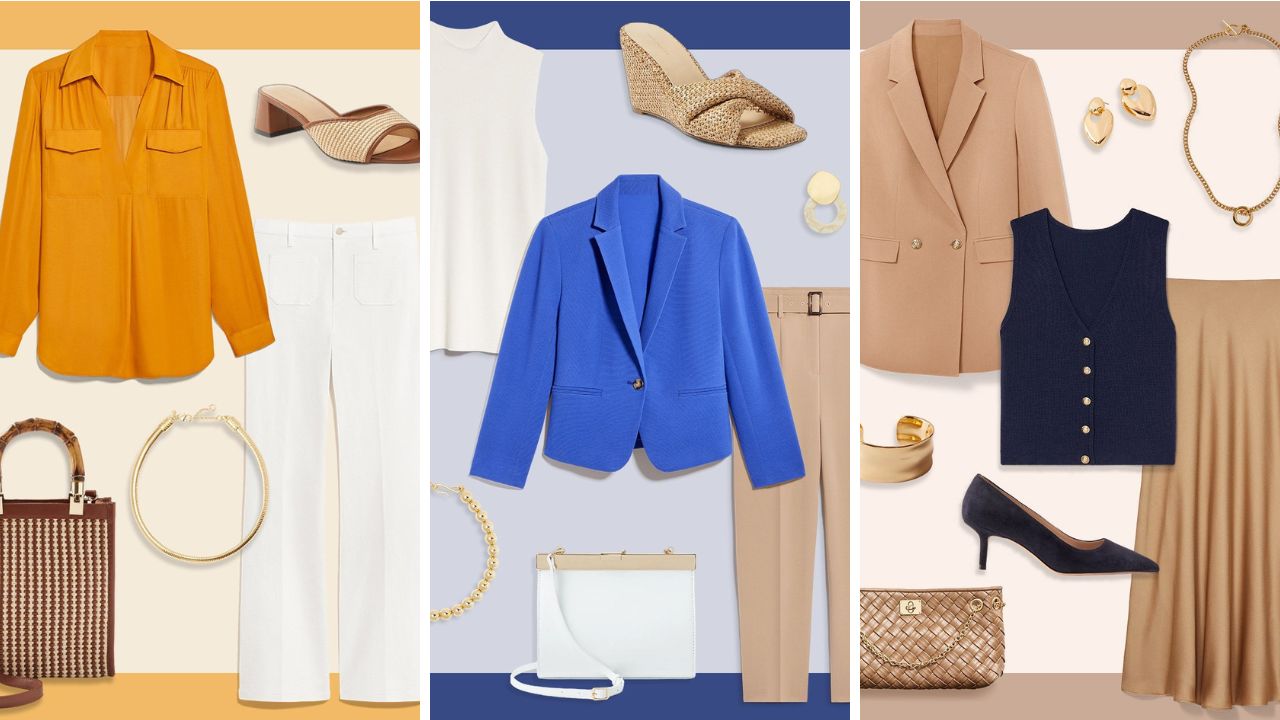
Credits: Ann Taylor
How a Personal Stylist Transforms Your Casual Look
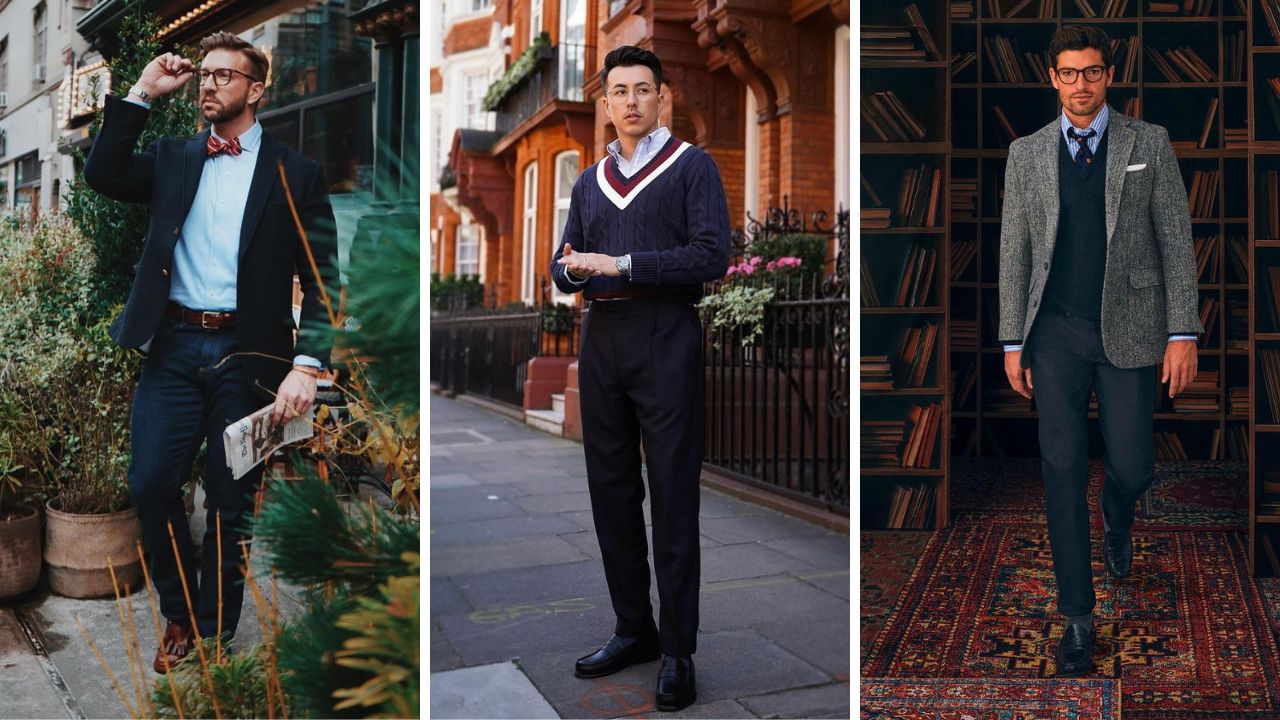
Credits: Brooks Brothers
When it comes to transforming your casual look into formal, it’s a lot more than swapping t-shirts and jeans with shirts and trousers. A personal fashion stylist can help you understand how you can ace formal wear with comfort, poise, and ease.
Choosing the Right Clothes: While you might know a pair of trousers is necessary for your formal wear, which are the best for you? Culottes, wide-legged, tailored or what? Such confusion can prop up for both men and women at different stages of transformation. Hire a stylist and you can learn to analyse and pick the best fits, colours, and textures for yourself.
Layering and Textures: Textures and layers are a major aspect of formal clothing. A stylist can teach you to pick the right textures and layer like a pro. They can teach you how to add a simple blazer or coat to your look and make it a lot more edgy.
Accessorizing Smartly: A fashion advisor can help you embrace the power of accessorising. A sophisticated watch, minimal earrings, or great shoes have the potential to elevate your look in an instant.
Transitioning from Casual to Formal with a Stylist
A personal stylist for men and women hones expertise that can be invaluable for transitioning between casual and formal looks. Here’s how the entire process becomes smarter and smoother if you hire a stylist:
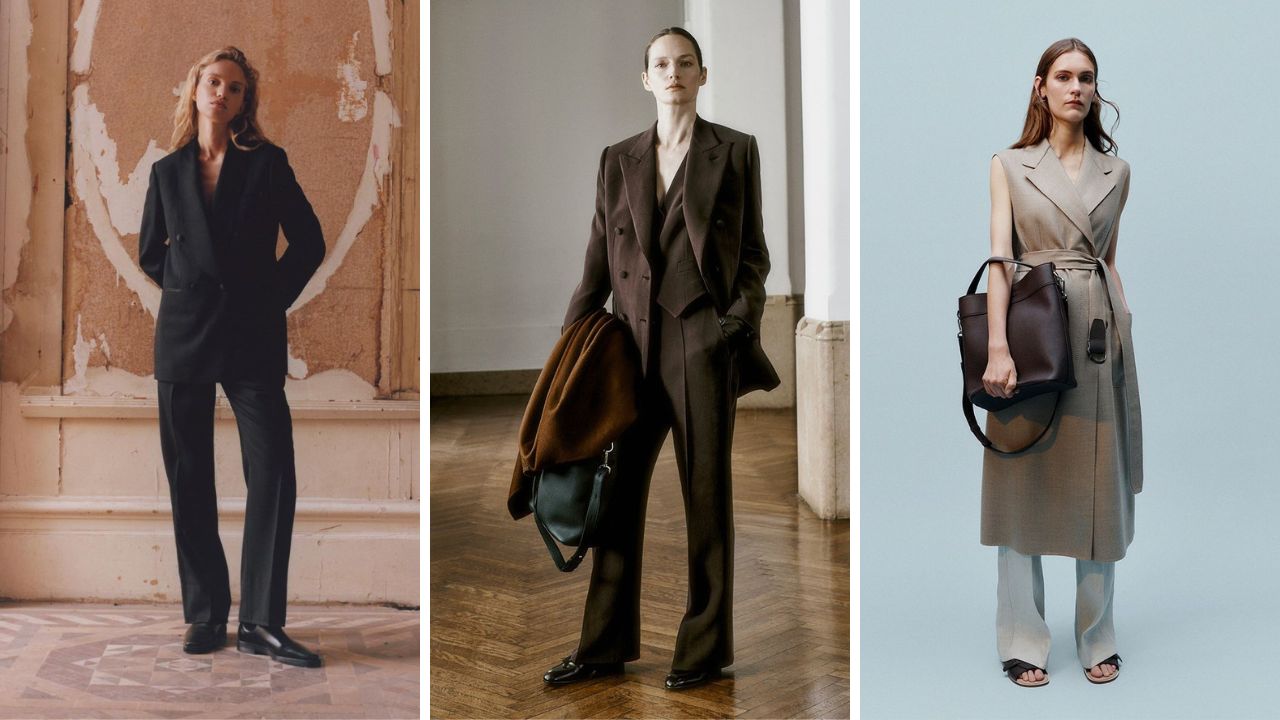
Credits: Brioni
Strategic Wardrobe Planning: A fashion stylist can help you curate a versatile wardrobe that can easily transition from casual to formal. They can help you pick key pieces like a fitted blazer, a white shirt, or the right trousers. With these staples, you dress down for a day out or dress up for a formal affair.
Mixing and Matching: With a stylist, you can learn how to mix key pieces to create several stylist and smart outfits. They can also teach you to mix casual and formal elements to create outfits for various semi-formal environments.
Outfit Coordination for Events: A stylist can help you learn how to create looks that can transition from one setting to another with a few minor adjustments. If you have the right planning in place, a change of shoes or the addition of a statement accessory can change your entire look.
Confidence Boost: More than mere physical transformation, working with a fashion stylist can often give you a long-lost confidence boost. When you are well-dressed, you carry yourself with a lot more poise and self-assurance.
Tips for Working with a Personal Stylist
If you want to make the most out of engaging a personal fashion advisor, keep these simple tips in mind:
Be Open to Experimentation: If your stylist suggests looks that are outside your comfort zone, be open to trying them. You never know you might discover a style that changes your entire persona.
Communicate Your Preferences: Make sure you communicate your likes and dislikes. This will help the stylist to tailor their selections to your preferences. Whether it’s minimalist fashion or statement-making outfits, let your stylish have a clue.
Set Clear Goals: Before you actually start working with a stylist, have clear end goals in mind. Whether you’re looking for an outlook uplift, want to dress up for an occasion, or need a polished transformation, a goal in mind can help you both attain the best results.
Trust Their Expertise: Trust your stylist’s expertise and experiences. Know that they have the right knowledge to create looks that will flatter your body. Also, with their effort, you can reflect your personality and look absolutely smart.
Maintain the Wardrobe: Once your styling sessions are over, make sure you maintain your wardrobe as per the stylist’s guidance. Shop according to their inputs, take proper care of your clothes and make sure to continue engaging with them when you need help.
Conclusion
Be it to elevate your casual looks or be it the need to master formal wear, or acing the art of transitioning from daywear to eveningwear, a personal fashion advisor can be a great help. With their tools and expertise, you can effortlessly transform your wardrobe, boost your confidence, and ultimately uplift your life by making a lasting impression.
Keepin; it Stylish
Vidhi Arya
How can a personal stylist help me transition from casual to formal wear?
Can a personal stylist work with the clothes I already own?
How does a personal stylist determine what styles work best for me?
Disclaimer: We are not responsible if information made available on this site is not accurate, complete or current. The material on this site is provided for general information only and should not be relied upon or used as the sole basis for making decisions without consulting primary, more accurate, more complete or more timely sources of information. Any reliance on the material on this site is at your own risk. Any third-party trademarks, service marks, images and logos are the property of their respective owners. Any further rights not specifically granted herein are reserved.



No Comments